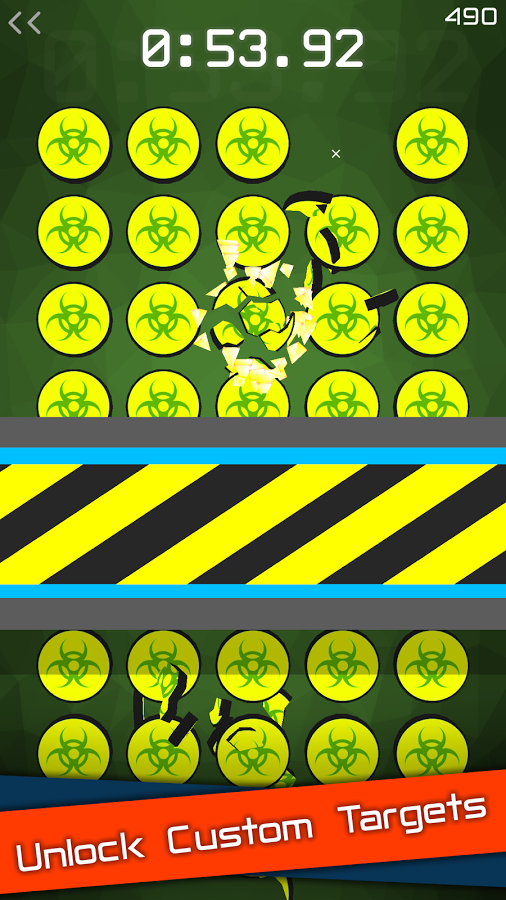

This made it easier for programmers to avoid graphical glitches caused by off-by-one errors. An actual pixel was drawn in the space to the immediate right and below the coordinate. QuickDraw coordinates referred to the infinitely thin lines between pixel locations. A window's content area did not include the window's frame, drop shadow or title bar (if any). A window was usually set up so that the top, left corner of its content area was located at 0,0 in the associated GrafPort. These are numbered from -32,767 on the extreme left (or top), to +32,767 on the extreme right (or bottom). In QuickDraw, this had a resolution of 16 bits, giving 65,536 unique vertical and horizontal locations. The GrafPort defined a coordinate system. The most obvious on-screen "object" corresponding to a GrafPort was a window, but the entire desktop view could be a GrafPort, and off-screen ports could also exist. This was a logical drawing area where graphics could be drawn. QuickDraw defined a key data structure, the graphics port, or GrafPort. A raster system requires much less processing power however, and was the prevailing paradigm at the time that QuickDraw was developed. This is in contrast to vector graphics systems, where graphics primitives are defined in mathematical terms and rasterized as required to the display resolution. In addition, QuickDraw was a raster graphics system, which defines the pixel as its basic unit of graphical information. QuickDraw was grounded in the Apple Lisa's LisaGraf of the early 1980s and was designed to fit well with the Pascal-based interfaces and development environments of the early Apple systems. Applications using QuickDraw will still run under OS X 10.8 through macOS 10.13 however, the current versions of Xcode and the macOS SDK do not contain the header files to compile such programs. In Mac OS X v10.8, QuickDraw header support was removed from the operating system. In Mac OS X v10.5 applications using QuickDraw cannot make use of the added 64-bit support. In Mac OS X v10.4, QuickDraw has been officially deprecated. QuickDraw still existed as part of the libraries of Mac OS X, but had been largely superseded by the more modern Quartz graphics system. It was initially written by Bill Atkinson and Andy Hertzfeld. To download an update, select the corresponding Knowledge Base article in the following list, and then go to the "How to download and install the update" section of the article.QuickDraw is the 2D graphics library and associated Application Programming Interface (API) which is a core part of the classic Mac OS operating system.

We recommend that you install all updates that apply to you. These updates are intended to help our customers keep their computers up-to-date. Microsoft released the following security and nonsecurity updates for Office in May 2023.


 0 kommentar(er)
0 kommentar(er)
